Gosho-guruma, 御所車図, Imperial Carts
Confession time: these representations of the carts used by imperial nobles are quite possibly one of my least-favourite kimono motifs. To me they look like deformed marshmallows. Because of that, using gosho-guruma as today’s word for the letter G didn’t even occur to me at first. But then I remembered I have this one kimono I love, despite the motifs. I guess the fact that they’re partially hidden behind lovely flowers helps a lot!
I’ve been wanting to see how this kimono looks with this particular orange obi ever since I bought it. I think it’s perfect for this particular coordination, since it’s very low-contrast against the kimono, which helps make the cart motifs the main feature. I pulled out accessory colours from the floral arrangements in front of the carts. I’m not sure how well this particular obijime works, but I don’t hate it. I just think it might have been better with a more muted one to match the low-contrast feel of the rest of the ensemble.
Overall I think I did a good job of featuring a motif I am not fond of! That’s the important part.
Items used in this coordination
- Pink Gosho Guruma Furisode
- Orange and Gold
- Pink Large Floral
- White with Red Shibori
- Purple Furisode

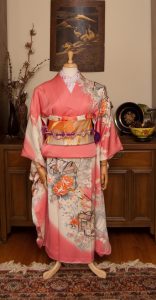
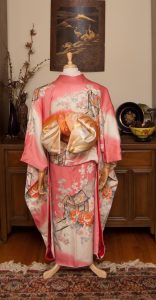
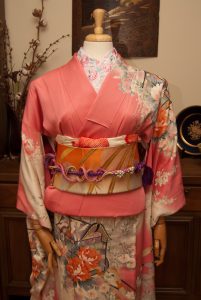
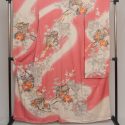

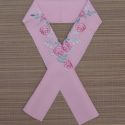
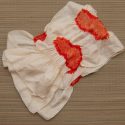
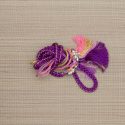
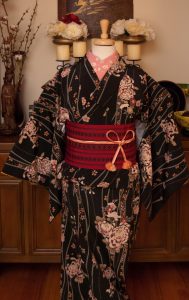


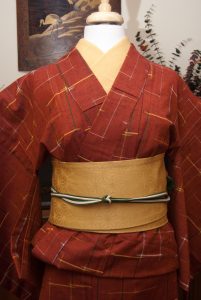

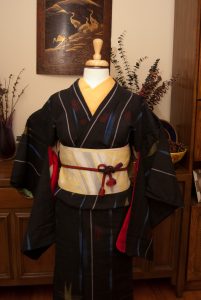
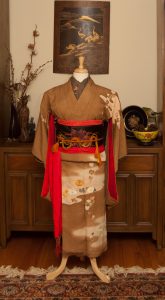
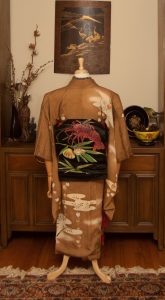
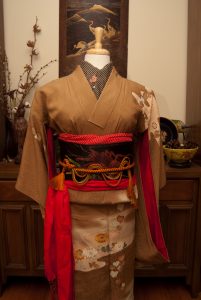
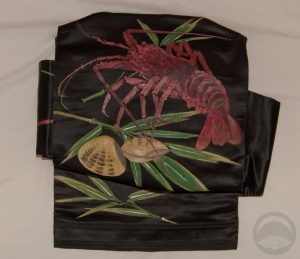
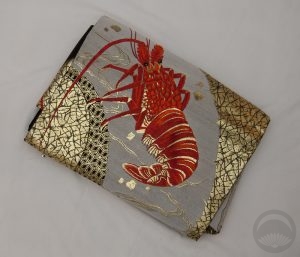
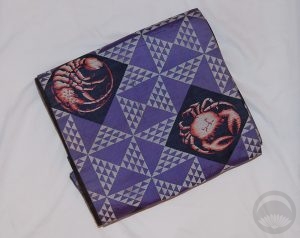
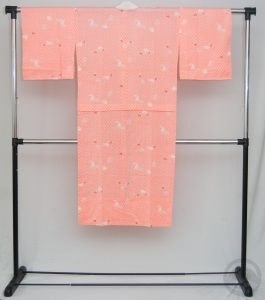
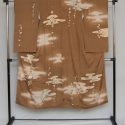
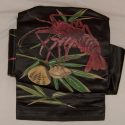
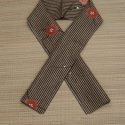


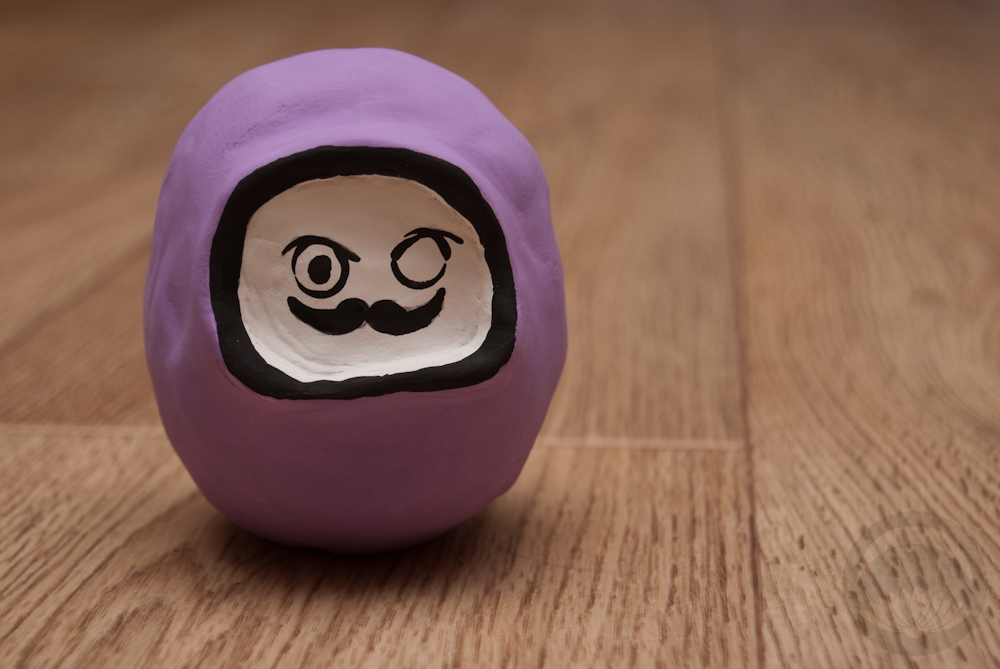
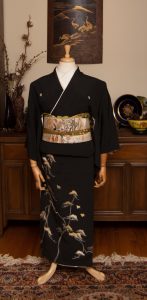
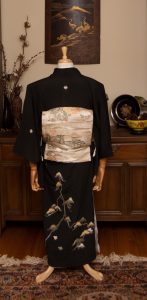

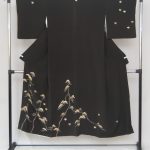

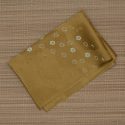
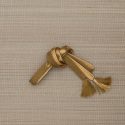











 Bebe Taian
Bebe Taian CHOKO Blog
CHOKO Blog Gion Kobu
Gion Kobu